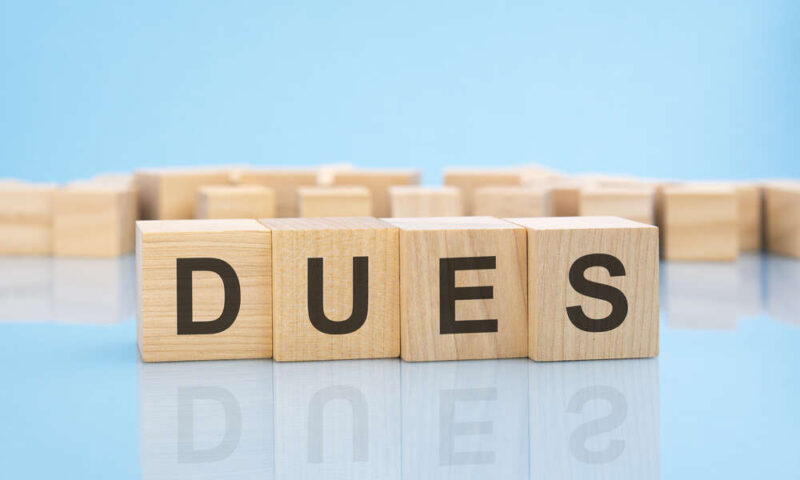
Membership Pro Tip: Better Buy-In to a Dues Overhaul
If your association is rolling out a new dues structure, getting buy-in from key players is necessary. But when it comes involving your board in the process, it’s all about making the most of their expertise and giving them the chance to provide feedback.
Changing membership dues structures is on a lot of people’s minds right now. They are often archaic structures based on a lot of outdated criteria.
The National Cooperative Business Association was working on revamping its dues structure and had just created a membership growth taskforce when NCBA’s Vice President of Cooperative Relations Tamela Blalock, CAE, joined the group.
The previous dues chart was “kind of all over the place,” Blalock said. After a lot of hard, detailed work, NCBA rolled out the new structure.
How Does It Work?
This is the part where it should have been smooth sailing. But there was a glitch. “We were so focused on the rollout, we didn’t test it with an audience,” Blalock said. That meant halfway through the rollout they had to pause because one of NCBA’s board members did an internal A/B test and a major component of the membership had a strong reaction to it.
“So, we had to redo it,” Blalock said. “We should have built time in the process to test it to get a reaction,” she said.
In addition to recognizing that they should have received member buy-in to the new dues structure, Blalock also realized something very important about NCBA’s board members. She was trying to involve them in each step of the membership dues restructure process, but what she saw, and the board vice chair confirmed, was, “They really just wanted to be in the thumbs-up, thumbs-down part of the process—like Project Runway,” she said.
Why Is It Effective?
It’s better sometimes for board members to react to something or give advice on what they see in a product—whether it’s still in development or a finished product.
“That’s where they give you the most value,” she said. “Trying to bring them into the workroom with you—they don’t want to cut and stitch, put on buttons, and all of that. That’s not their jam.”
What’s the Benefit?
“It’s very important for [board members] to feel empowered,” Blalock said. “Generally, they are not empowered or energized by being part of the co-creation. They are energized by impacting what the final result is going to be.”
Do you have a membership pro tip? Please share in the comments.
(Maks_Lab/iStock/Getty Images Plus)






Comments